10 Best Herbal Baths For Cracked Heels

Herbal baths for cracked heels involve soaking the feet in warm water infused with natural herbs known for their soothing and healing properties.
Common herbs used include chamomile, lavender, calendula, and Epsom salt, which help to soften the skin and reduce inflammation. These baths work by improving circulation, moisturizing the skin, and promoting the natural regeneration of damaged skin cells. To use, simply steep the herbs in hot water for a few minutes before soaking the feet for 10 to 15 minutes.
Regular use of herbal baths can help prevent further cracking and maintain healthy, supple feet.
FREE Herb Drying Checklist
How to make sure every batch retains maximum flavor, color, and aroma without the risk of mold or over-drying. Eliminate guesswork and trial-and-error, making herb drying faster, easier, and more efficient every time.
Table of Contents
1. Calendula officinalis

Calendula officinalis, also known as pot marigold, is a herbal remedy commonly used in baths to soothe and heal cracked heels.
The anti-inflammatory and antimicrobial properties of calendula help reduce redness, irritation, and infection risk in dry, cracked skin. To prepare a calendula bath, infuse dried calendula flowers in warm water or use a commercial herbal bath product containing the herb. Soaking the feet in this bath for 15 to 20 minutes can soften the skin and promote healing.
Regular use of calendula-infused baths can improve the overall condition of cracked heels and provide a natural, gentle remedy for foot care.
2. Lavandula angustifolia

Lavandula angustifolia, commonly known as English lavender, is often used in herbal baths to soothe and nourish cracked heels due to its soothing and moisturizing properties.
When infused into bath water, lavender helps to soften dry, rough skin and promote healing by reducing inflammation and irritation. The essential oils in lavender also have a calming effect, which can help relax the body and ease any discomfort associated with cracked heels. To use lavender in a bath, simply add a few drops of lavender essential oil or a handful of dried lavender buds to warm running water.
Regular use of lavender-infused baths can improve the overall condition of the feet, making them smoother and less prone to cracking.
3. Hypericum perforatum

Hypericum perforatum, commonly known as St. John’s Wort, has been traditionally used in herbal baths for its soothing and healing properties.
When infused into warm water, it can help soften and moisturize cracked heels by reducing inflammation and promoting skin regeneration. The anti-inflammatory and antimicrobial compounds in St. John’s Wort may aid in preventing infections and accelerating the healing process. To prepare a herbal bath, steep a handful of dried Hypericum perforatum in boiling water for several hours, then strain and use the infused water to soak the feet.
Regular use of this herbal bath can provide relief and improve the overall condition of dry, cracked heels.
4. Urtica dioica

Urtica dioica, commonly known as stinging nettle, has been traditionally used in herbal baths for its soothing and healing properties.
When used in a bath, the leaves of Urtica dioica can help reduce inflammation and promote skin regeneration, making it particularly beneficial for cracked heels. The high concentration of silica and other minerals in stinging nettle can strengthen the skin’s structure and improve its moisture retention. To prepare a nettle bath, fresh or dried leaves can be steeped in warm water before soaking the feet for 15 to 20 minutes.
Regular use of this herbal bath can help soften, heal, and protect cracked heels, offering a natural and effective remedy for foot care.
5. Aloe barbadensis
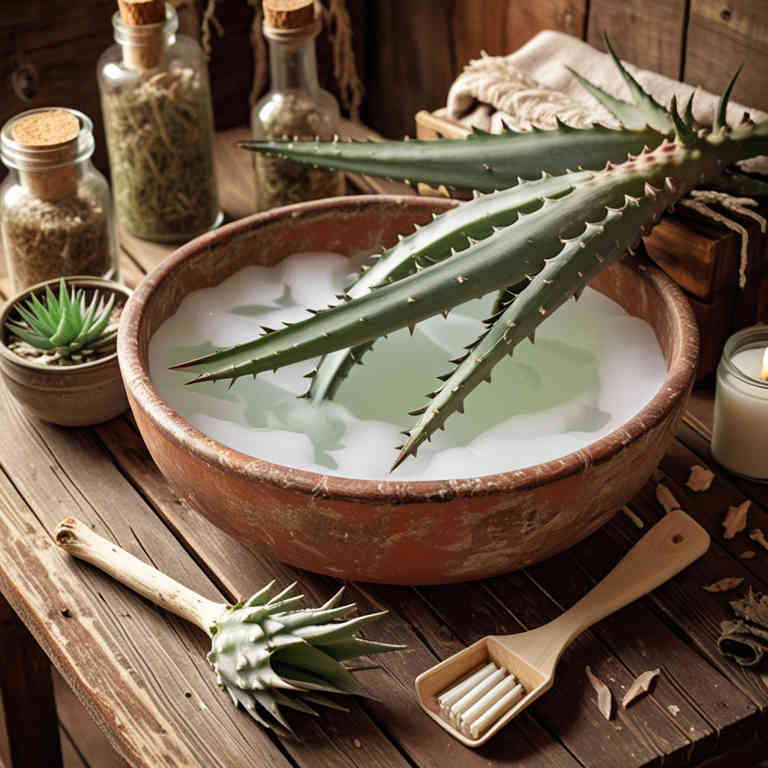
Aloe barbadensis, commonly known as aloe vera, is a versatile plant often used in herbal baths to soothe and heal cracked heels.
Its gel contains essential nutrients, enzymes, and antioxidants that help to moisturize and repair damaged skin. When used in a bath, aloe vera can soften the skin, reduce inflammation, and promote faster healing of dry, cracked areas. To use it, simply add a few tablespoons of aloe vera gel to warm water and soak for 15 to 20 minutes.
This natural remedy offers a gentle, effective way to improve the condition of cracked heels without the use of harsh chemicals.
6. Equisetum arvense
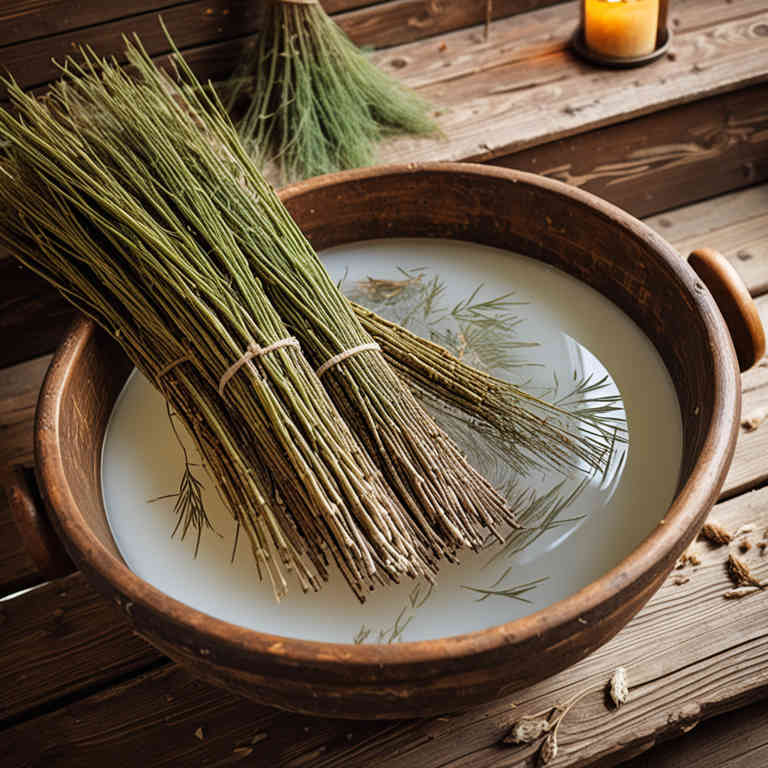
Equisetum arvense, also known as horsetail, is a traditional herbal remedy that has been used for its high concentration of silica, which can help strengthen and repair damaged skin.
When used in herbal baths for cracked heels, horsetail can promote skin regeneration and reduce dryness, making it an effective natural treatment for this common foot condition. To prepare the bath, steep a handful of dried horsetail in hot water for about 15 minutes, then soak the feet for 15 to 20 minutes. The astringent properties of horsetail can also help tighten the skin, improving the overall appearance of cracked heels.
Regular use of horsetail baths can provide long-term relief and support the healing process of dry, cracked skin on the feet.
7. Rosa canina
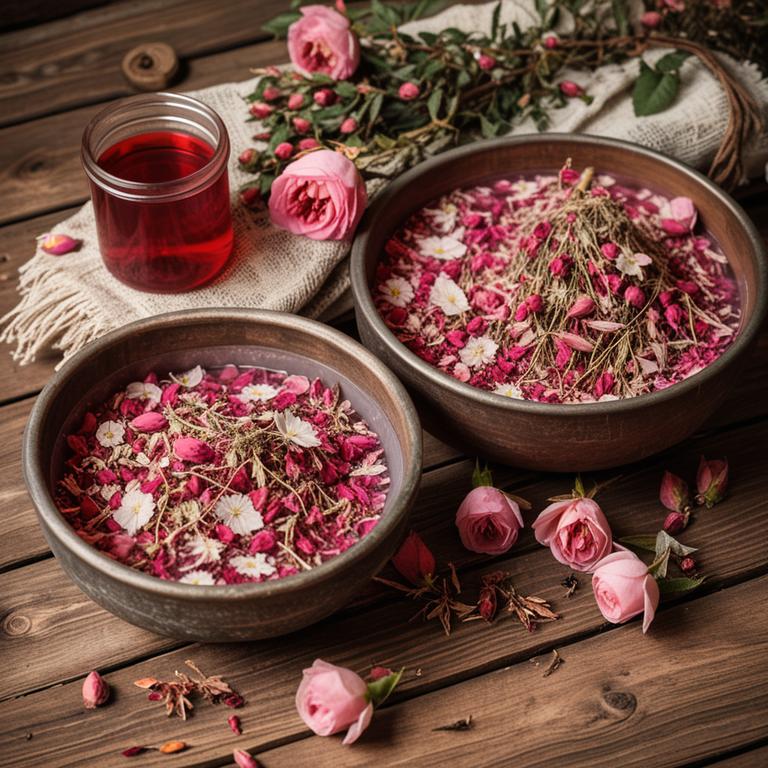
Rosa canina, also known as rosehip, is a natural ingredient commonly used in herbal baths to help soothe and repair cracked heels.
The oil extracted from rosehips is rich in essential fatty acids, vitamins, and antioxidants, which can promote skin regeneration and hydration. When used in a warm bath, rosehip oil can penetrate the skin effectively, softening dry and cracked areas. Regular use of a rosa canina herbal bath can help reduce inflammation and improve the overall texture of the skin on the feet.
This gentle, natural remedy offers a soothing and nourishing alternative to commercial foot treatments, making it a valuable addition to a skincare routine.
8. Sutherlandia frutescens
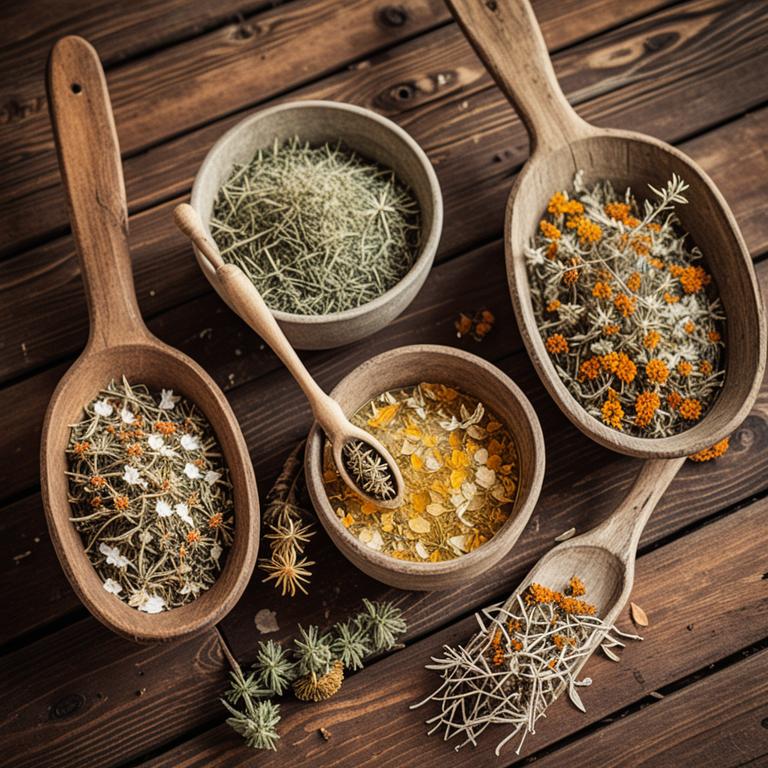
Sutherlandia frutescens, commonly known as cancer bush, is a traditional South African herb that has been explored for its potential benefits in skincare, including the treatment of cracked heels.
Herbal baths infused with Sutherlandia frutescens can help soothe and moisturize dry, cracked skin by promoting skin regeneration and reducing inflammation. The plant contains bioactive compounds such as alkaloids and flavonoids, which may contribute to its healing properties. To use it for cracked heels, one can add a few drops of a Sutherlandia frutescens essential oil or a prepared infusion to a warm bath, allowing the skin to absorb its nourishing properties.
While more research is needed, some users report improved skin texture and reduced discomfort when using this herbal remedy as part of a holistic foot care routine.
9. Cnicus benedictus
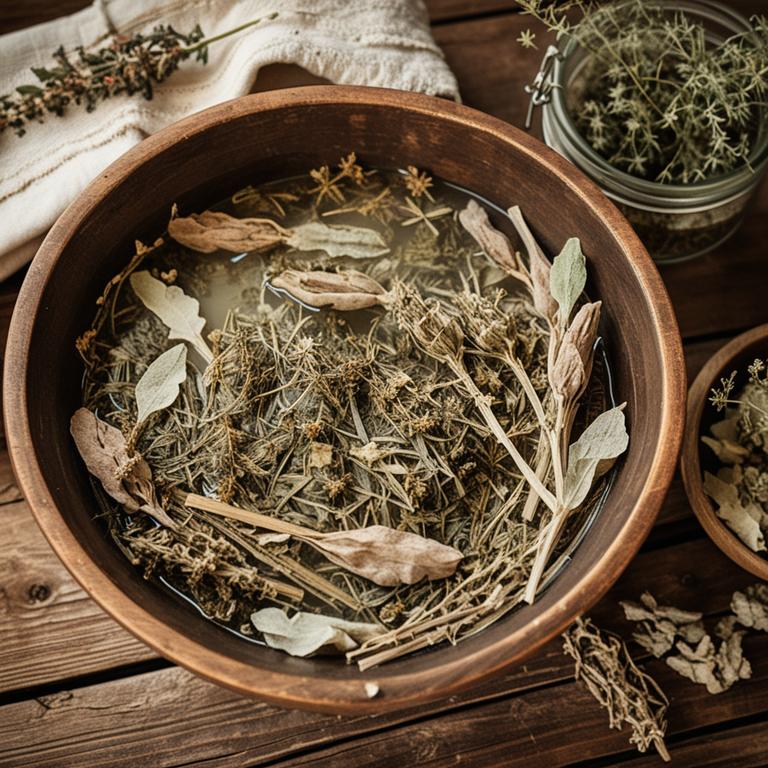
Cnicus benedictus, also known as blessed thorn, has been traditionally used in herbal baths to soothe and heal cracked heels.
The plant contains anti-inflammatory and astringent properties that help reduce irritation and promote skin regeneration. To use it, steep a handful of dried blessed thorn in boiling water for about 15 minutes, then strain and use the infused water to soak the feet for 15-20 minutes daily. This natural remedy can help soften rough skin, alleviate pain, and prevent further cracking.
When combined with moisturizers like lanolin or shea butter, the effects of the herbal bath are enhanced, offering a holistic approach to foot care.
10. Symphytum officinale
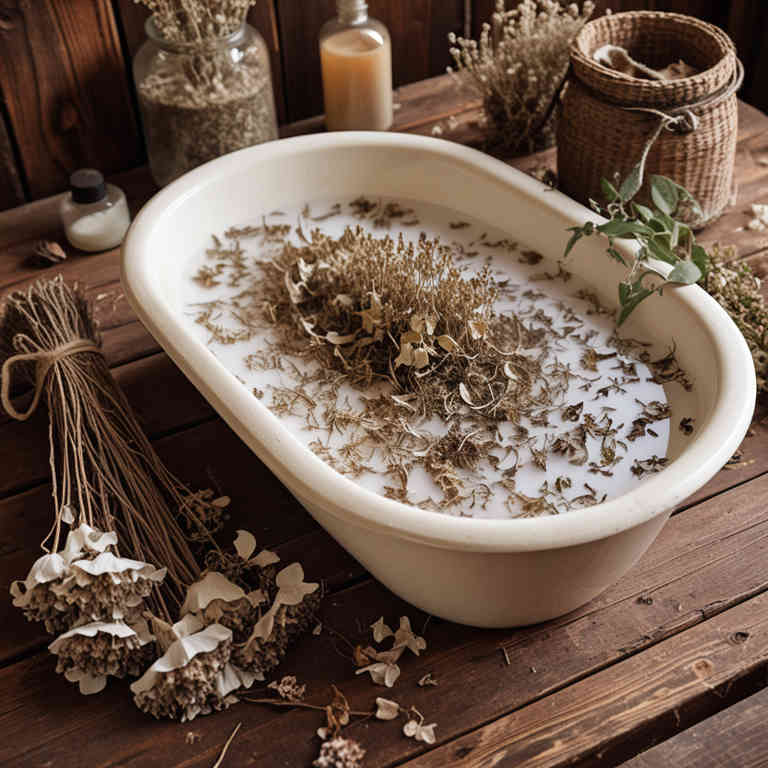
Symphytum officinale, commonly known as comfrey, has been traditionally used in herbal baths to soothe and heal cracked heels due to its high concentration of allantoin, which promotes skin regeneration and reduces inflammation.
When prepared as a herbal bath, comfrey can be infused in warm water to create a soothing soak that softens dry, cracked skin and enhances circulation to the feet. This natural remedy helps to moisturize and repair the skin's surface, making it particularly beneficial for individuals with dry or eczema-prone skin. However, it is important to note that comfrey should not be used internally and may cause skin irritation in some individuals, so a patch test is recommended before full use.
Overall, symphytum officinale herbal baths offer a gentle, natural approach to alleviating the discomfort of cracked heels.